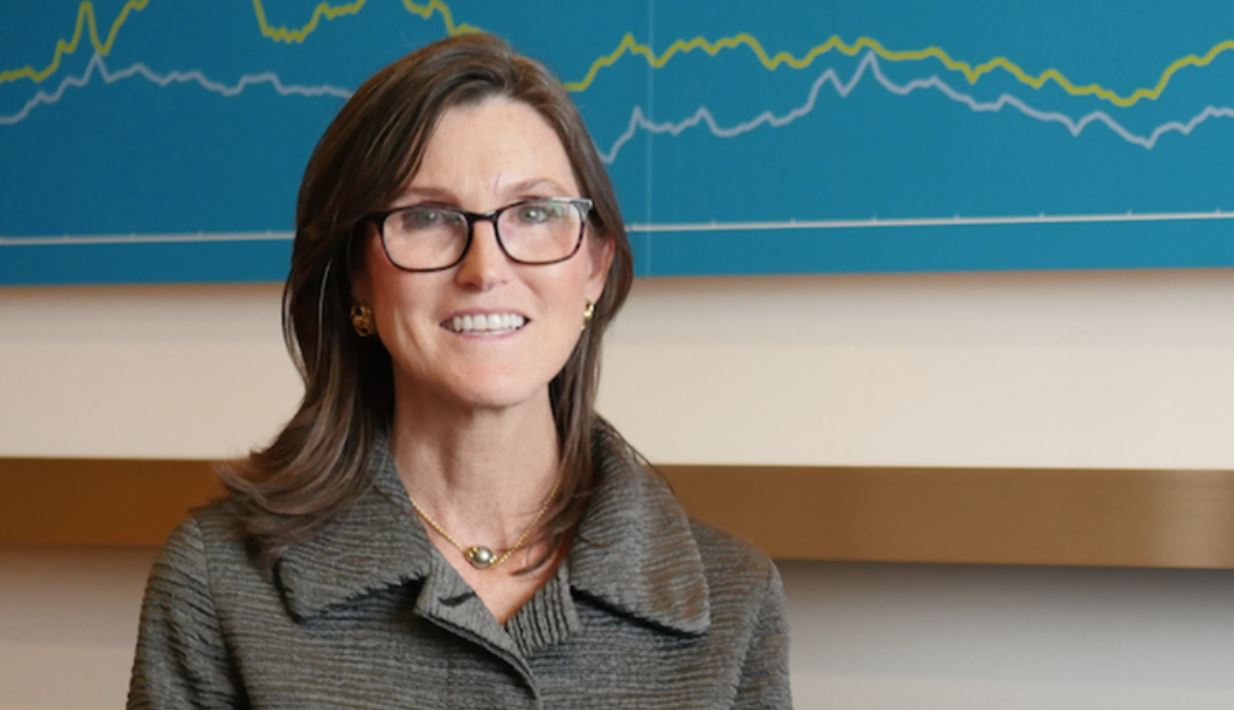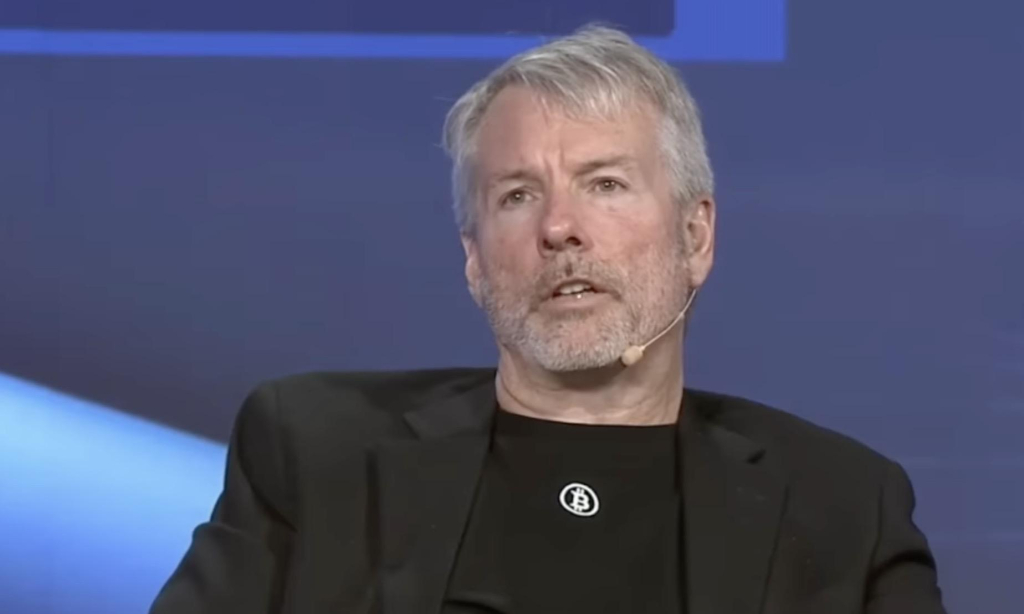Following a reversal in the performance of US equities, Bloomberg analyst Mike McGlone predicted that the Federal Reserve would sooner rather than later reduce interest rates. In the wake of mounting indications from Federal Reserve officials on the possibility of a change in monetary policy, this prognosis comes at a crucial juncture in the economic landscape that has emerged in the aftermath of the pandemic.
Inflation is slowing down, and the labor market is beginning to show signs of softening. This suggests that the central bank is preparing to shift from its aggressive posture of raising interest rates to a more accommodating strategy.
A Historical Context of the Federal Reserve's Rate Cuts and Current Economic Indicators
Mike McGlone, an analyst at Bloomberg, has predicted that the Federal Reserve will reduce interest rates after a turnaround in US market performance. McGlone compared the current state of the economy to prior cycles of rate hikes. He stated, "From 2004 to 2006, the Federal Reserve raised interest rates by 425 basis points, and the surprise index floor occurred in December 2006." This was the first time that the interest rate was reduced.
When comparing this to the current situation, McGlone mentioned that the most recent increase in interest rates, which amounted to 525 basis points and began in the first quarter of 2022, occurred in July of 2023. On the other hand, he cautioned that rising inflation could postpone the Federal Reserve's decision to ease monetary policy until soaring equity markets experience some reversion, potentially providing support for gold prices.
Recent signals from officials at the Federal Reserve indicate that there will be a dramatic shift in monetary policy, and this prediction is in line with those signals. There has been an increasing sense of confidence among Federal Reserve officials, especially Chair Jay Powell, over their ability to control inflation and their preparedness to modify the direction of their policy. Better-than-expected economic data demonstrates a continuing downward trend in consumer price pressures and a softening labor market, all of which provide weight to this newly discovered confidence.
Market predictions typically point to September as the month that will see the first decrease in interest rates, even though the Federal Reserve has not released explicit specifics on the timing or size of anticipated rate cuts. Following the publication of additional data, Tiffany Wilding, an economist at Pimco, referred to this as a "done deal."
The Federal Reserve's priority has moved to striking a balance between controlling inflation and preventing severe job losses. In his remarks to the legislature, Chair Powell stressed that the Federal Reserve is currently confronted with "two-sided risks" and must pay greater attention to the possibility of employment losses that could be generated by keeping high interest rates.
Because the Federal Reserve is working toward a "soft landing," which means lowering inflation without generating a significant increase in unemployment, the possibility of loosening monetary policy represents a pivotal turning point. In the following months, the capacity of the central bank to navigate this delicate balance will be essential in determining the economic landscape for businesses and consumers in the United States.
The Global Context and the Expectations of the Market
The likelihood of a change in Federal Reserve policy aligns with a more widespread worldwide trend. During her speech at the Australian Conference of Economists 2024, the Governor of the Federal Reserve in the United States, Lisa Cook, reviewed the response of monetary policy to the pandemic, the rise and fall of inflation in recent years, and the issues that are currently being faced by monetary policy. The fact that Cook stated that the present data supports the case for rate decreases by the Federal Reserve suggests that the Fed agrees with other central banks over this pivot.
The market indicators reflect these expectations. Traders and banks on Wall Street estimate that the interest rate will be lowered by 25 basis points in September. According to the CME FedWatch tool, the probability of a 25 basis point rate drop on September 18 has significantly increased, going from 46% a month ago to 70%. This represents a considerable increase.
The market's expectations go beyond a single reduction in interest rates, with data suggesting that the Federal Reserve may reduce interest rates twice this year. This is in line with the Federal Reserve's objective of ensuring a "soft landing," which means lowering inflation without creating a significant increase in unemployment.
The next few months will be critical in deciding how successfully the Federal Reserve can navigate this delicate balance through the following months.



























Comment 0